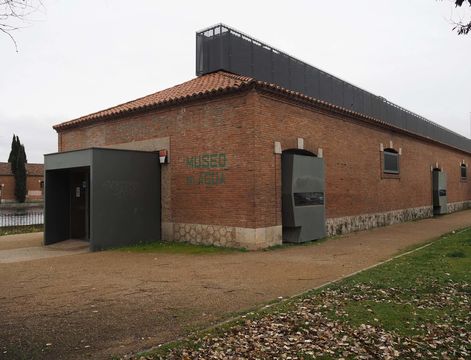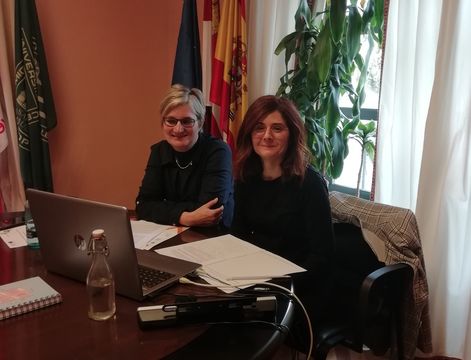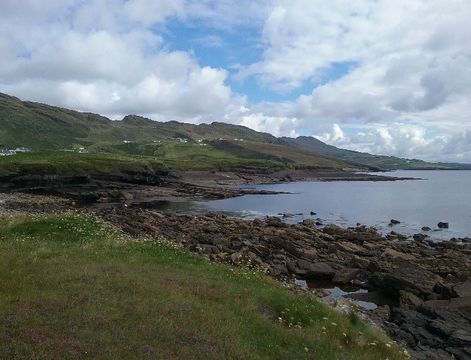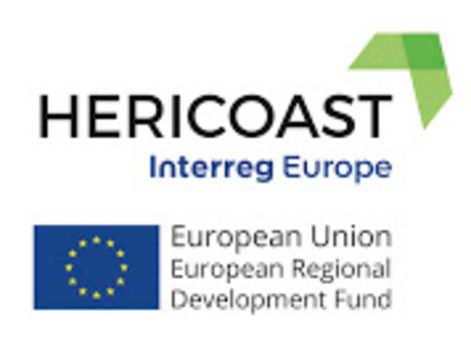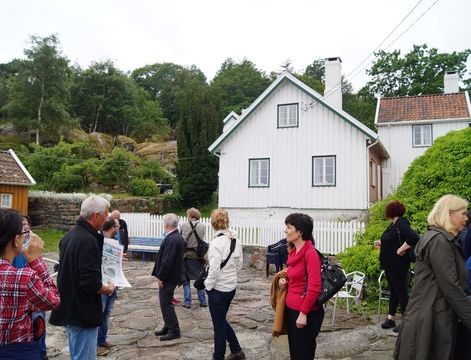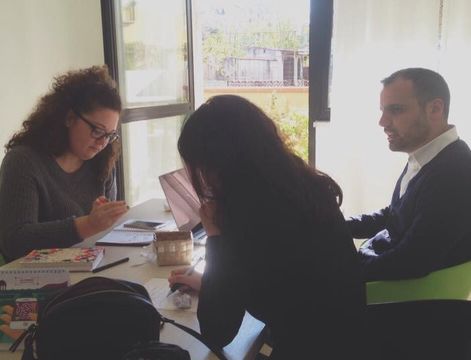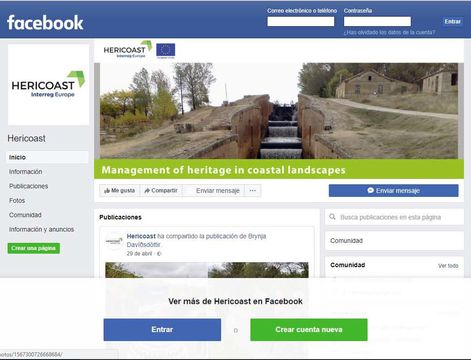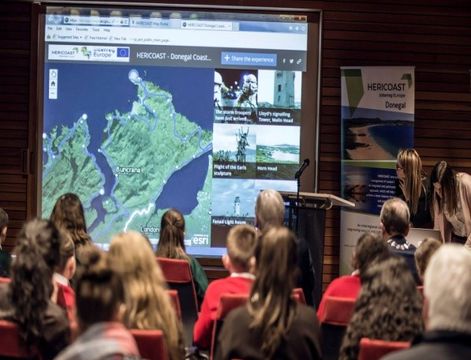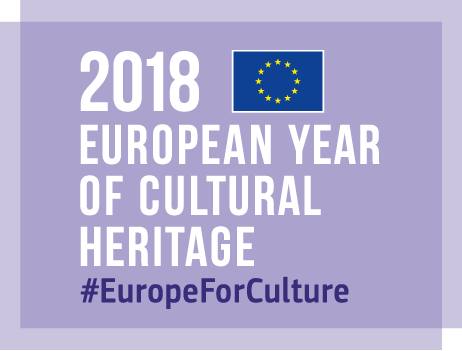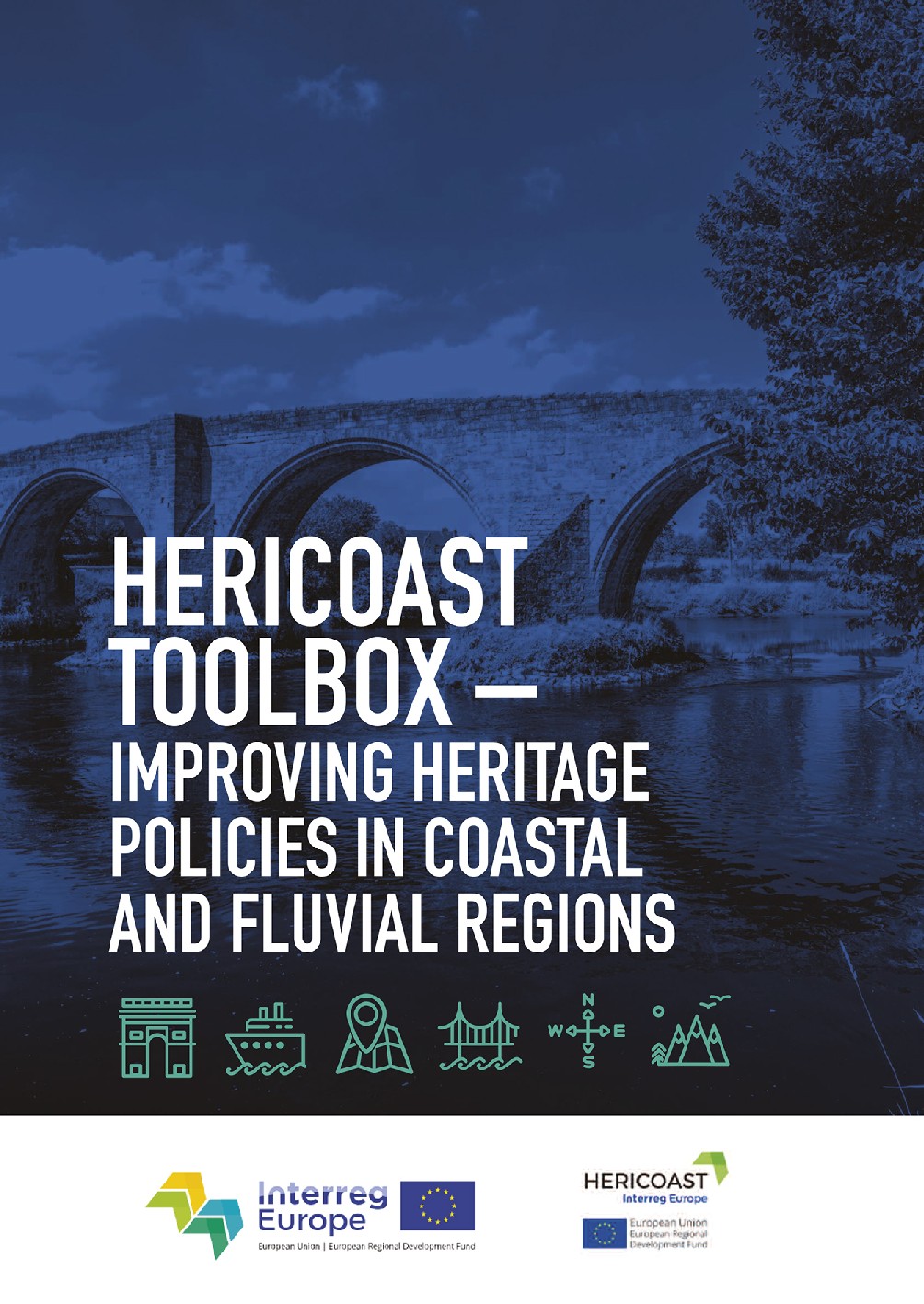After the visit to Lea-Artibai of some of the members of the Hericoast project, we wanted to know the opinion of one of the partners about the project and the contribution that Lea-Artibai can make. For this reason, we have asked Linde Edgerts, a researcher and professor of Heritage Studies at Vrije Universiteit (Amsterdam) and a member of the Hericoast-Interreg Europe project.
What do you think of the Hericoast project?
I think it is a great opportunity for regions to learn from the experience of others in the field of heritage management. The fact that most of them are coastal and peripheral regions, makes them have much in common when it comes to developing policies that allow the preservation, presentation and development of the resource related to the coast. For me, as an academic, it's a great opportunity to see specific examples of how policy development works, and of course, I can experience the incredible wealth of coastal heritage in all of these areas. That is a great privilege.
What do you think about the Lea-Artibai region and its resources?
I had never been to the Basque area, much less in Lea-Artibai. I was struck by the intensity of its relationship with the sea: the towns and cities on the coast are still linked to the sea, not only for fishing, but also for recreational navigation and visits to the beach.
What is also remarkable is how the interior landscape is firmly connected to the coast. For example, resources in the region, such as oak, pine and iron, but also cider, wine and other foodstuffs, have been used for centuries for the construction and supply of fishing and whaling vessels. In this way, even the architecture of the traditional houses that offered these supplies, was influenced by the neighborhood of the coast. As a cultural geographer and historian, I get excited when I see these historical ties of places that seem so different.
What do you think Lea-Artibai can contribute to the project?
I believe that the Lea-Artibai region has an extraordinary experience in how to involve stakeholders (restaurant owners, tourism guides, hoteliers, etc.) in the sustainable development of heritage in tourism. Development Agency technicians showed us many examples of how local initiatives are embedded in larger networks that work on their business development while keeping heritage sustainability in mind. I believe that some of the other regions could learn a lot from Lea-Artibai's experience in building networks that are formed from the bottom up and are able to bring heritage management together with the interests of local actors in each region.



